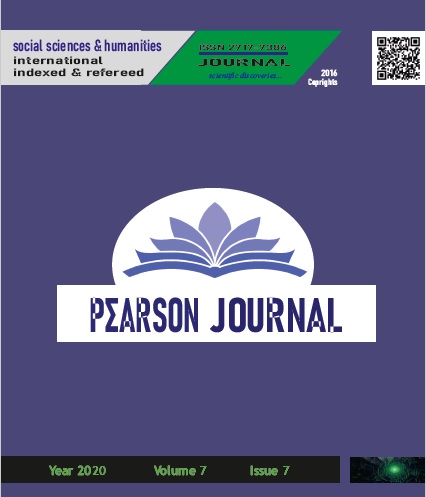INVESTIGATION OF STUDENT ATTITUDES TOWARDS THE COMMON TURKISH LANGUAGE COURSE AT THE UNIVERSITY
DOI:
https://doi.org/10.46872/pj.116Keywords:
Turkish language course, student attitude, university studentsAbstract
The aim of this study was to determine the level of awareness of first year at Kocaeli University Faculty of Education students who have just graduated from secondary education about the importance of Turkish language course. “Turkish Language Course Attitude Scale” was applied to 214 female and 71 male students in order to determine the importance of university students at this grade level to Turkish language course and their attitudes towards Turkish. The majority of the students’ mothers (192 people) and fathers (123 people) were primary school graduates. 117 students spent half an hour reading books each day. Most of them (203 people) did not apply reading time in high school. Most of them (203 people) did not apply reading time from the high school they graduated from. The attitudes of girls towards Turkish language are higher than that of boys. The attitudes of the students towards Turkish language course vary according to the time they devote to reading books. As students increase their reading time, they develop positive attitudes towards Turkish language course. “Attitude Scale Towards Turkish Language Course in Higher Education” developed by Akif Arslan (2012) and validity-reliability study was used. The scale consists of 29 items. Arslan, in his study found that the scale has a single factor structure, Alpha reliability coefficient was found to be 0.96 high. The participants had a minimum score of 29 points; the maximum is 145 points. The higher the score, the more positive the attitude towards the course. In this research, the reliability of the scale was found to be high as alpha = 0.954. Number, percentage, mean and standard deviation were used as descriptive statistical methods in the evaluation of the data. The t-test was used to compare quantitative continuous data between two independent groups, and the One-way Anova test was used to compare quantitative continuous data between more than two independent groups. After the Anova test, Scheffe test was used as a complementary post-hoc analysis to determine the differences. As a result of the study; the positive and negative attitudes of university students towards Turkish language course were examined, interpreted and made suggestions.




